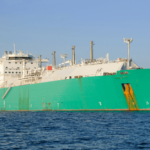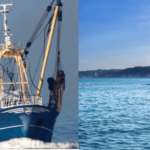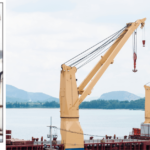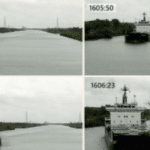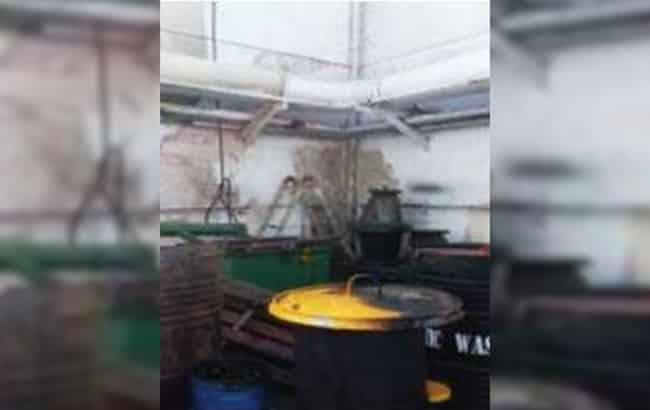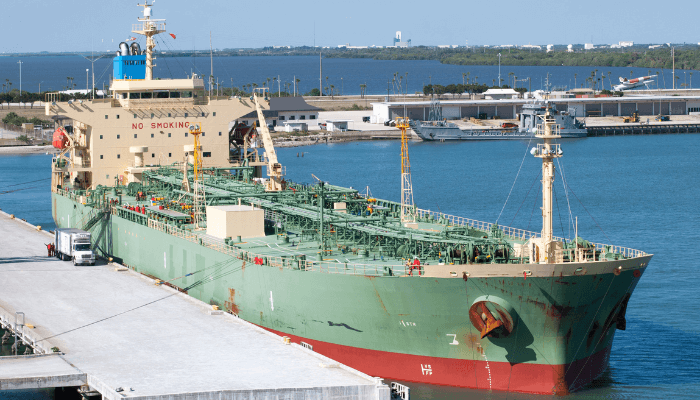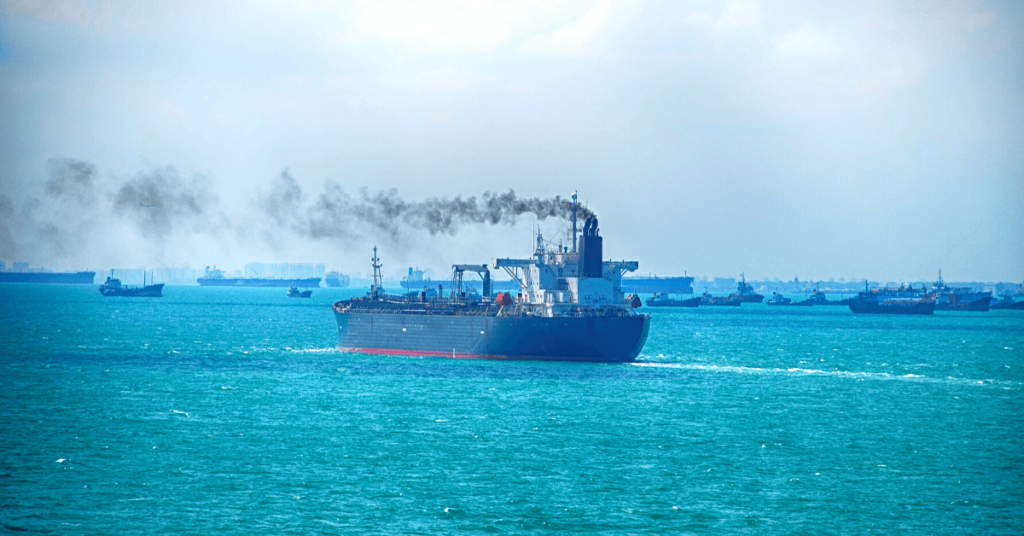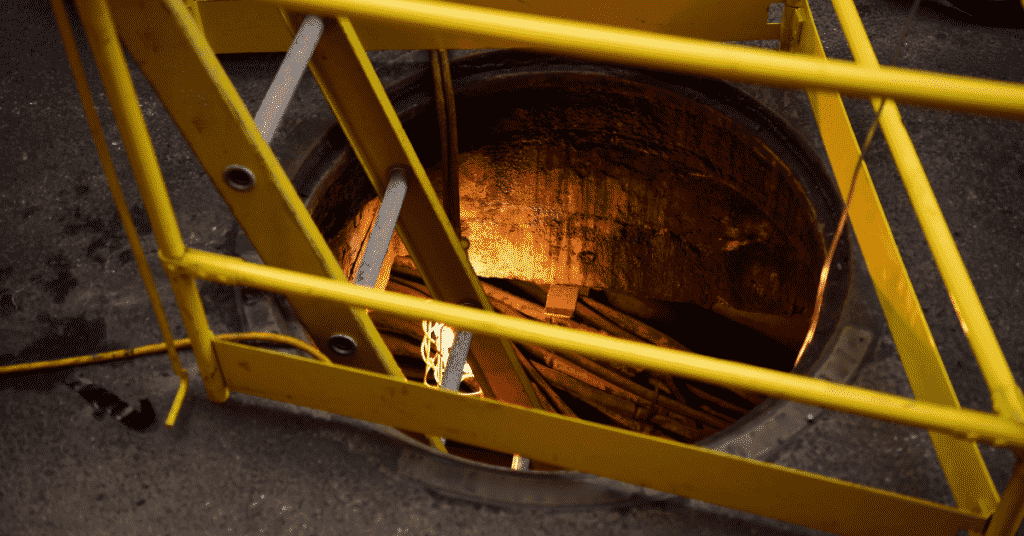Real Life Incident: Mobile Phone Distraction – Huge Salvage Extraction
The pilot was using his Portable Pilot Unit (PPU) as the primary means of navigation, as was his practice – he cited reliability and other issues with equipment that was not his own as his reasons for preferring this. However, no equipment failures had been cited on this vessel.
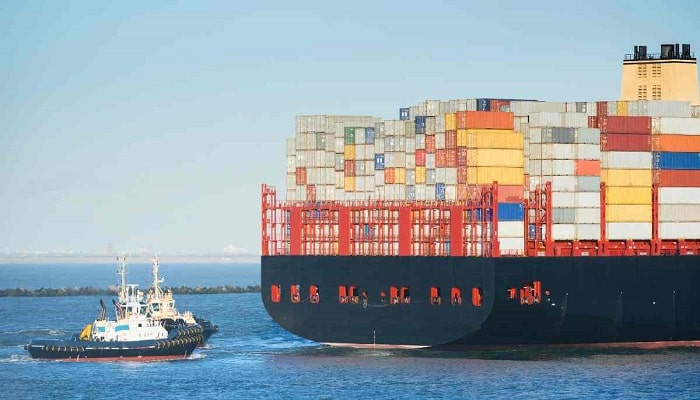
When the relieving OOW came to the bridge, the pilot was conning the vessel but was also on his mobile phone on a personal call, as he had been for the past 47 minutes. About eight minutes after the new OOW had relieved the previous OOW, the pilot finished his call and ordered full ahead.
Very soon after ordering full ahead the pilot made another personal call on his mobile phone lasting approximately four minutes and sent a text message image to another pilot on non-urgent business matters.
As the vessel approached a course alteration point the pilot ordered a heading of 161°. The helmsman confirmed this order. About two minutes later, the pilot viewed another screen on his PPU with the intention of taking a screenshot from another voyage.
This action had the effect of distracting the pilot; he was now preoccupied with saving the screenshot and sending a non-urgent business email to another pilot. Meanwhile, the vessel crossed the inbound lane, overshooting the next course alteration to starboard.
The OOW voiced his concern, stating that the vessel’s heading was 161° and speed was approximately 13 knots. The pilot, looking at his phone, verbally acknowledged the OOW but took no action.
The OOW then informed the pilot that the pilot’s PPU did not match the ship’s ECDIS – in which he was correct, as the PPU was still showing a previous voyage that the pilot wanted to make a screenshot of.
The pilot put away his mobile phone and began to use the ship’s ECDIS, ordering first 15° starboard rudder, then hard to starboard approximately 20 seconds later. The vessel grounded in the mud outside the channel soon afterwards.
Various initial salvage efforts with the vessel’s own engines and then with tugs in the hours and days that followed the grounding failed to re-float the vessel. The salvage operation finally required dredging operations around the vessel and the removal of 505 containers. The vessel was finally refloated some 35 days later.
Reference: The Nautical Institute
Do you have info to share with us ? Suggest a correction
About Author
Marine Insight News Network is a premier source for up-to-date, comprehensive, and insightful coverage of the maritime industry. Dedicated to offering the latest news, trends, and analyses in shipping, marine technology, regulations, and global maritime affairs, Marine Insight News Network prides itself on delivering accurate, engaging, and relevant information.

About Author
Marine Insight News Network is a premier source for up-to-date, comprehensive, and insightful coverage of the maritime industry. Dedicated to offering the latest news, trends, and analyses in shipping, marine technology, regulations, and global maritime affairs, Marine Insight News Network prides itself on delivering accurate, engaging, and relevant information.
- Real Life Incidents: Near Miss In Open Water And Good Visibility
- Real Life Incident: Poor Situational Awareness Leads to Collision
- Real Life Incident: Monkey’s Fist Knocks on Office Window
- Real Life Incident: Paint Storage Slip-Up On Ship
- Real Life Incident: Checklist Mentality Is A Burning Problem
- Real Life Incident: Vessel Speed Exacerbates Bank Suction
Latest Case studies Articles You Would Like:
Subscribe To Our Newsletters
By subscribing, you agree to our Privacy Policy and may receive occasional deal communications; you can unsubscribe anytime.




